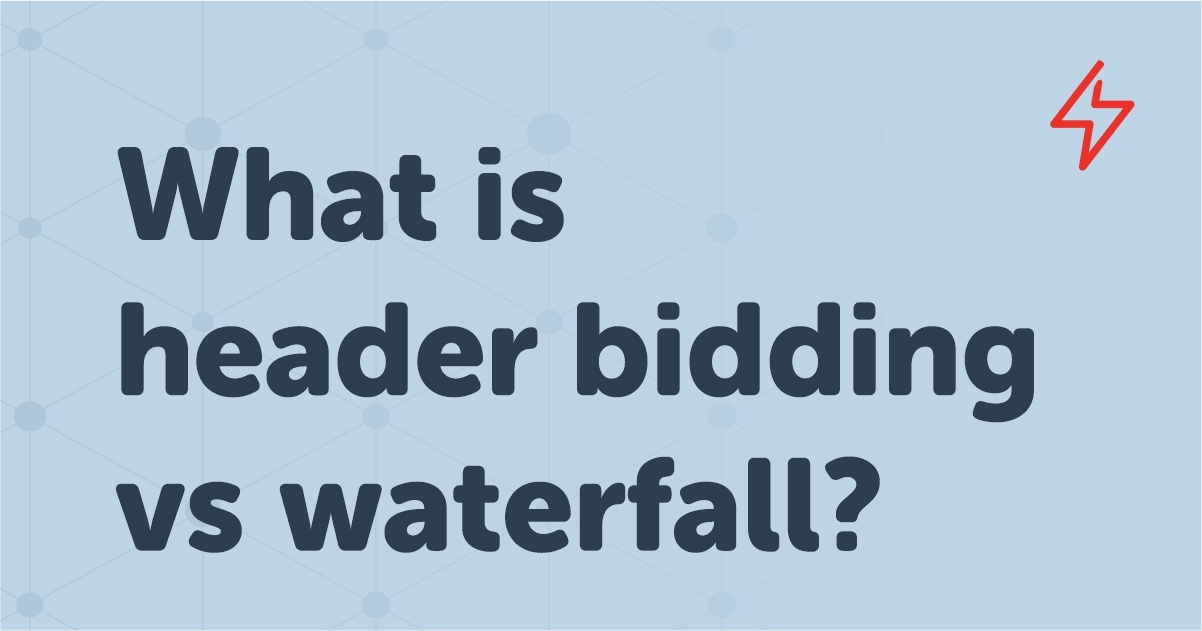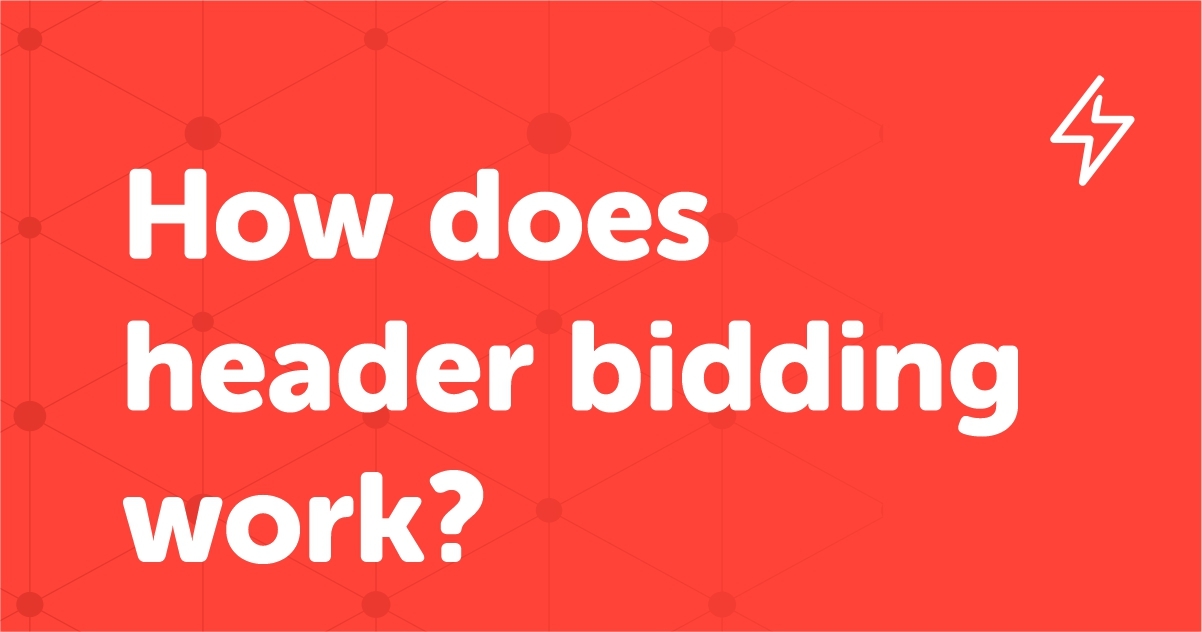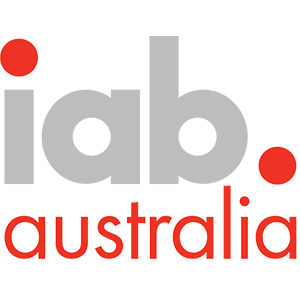Table of Contents
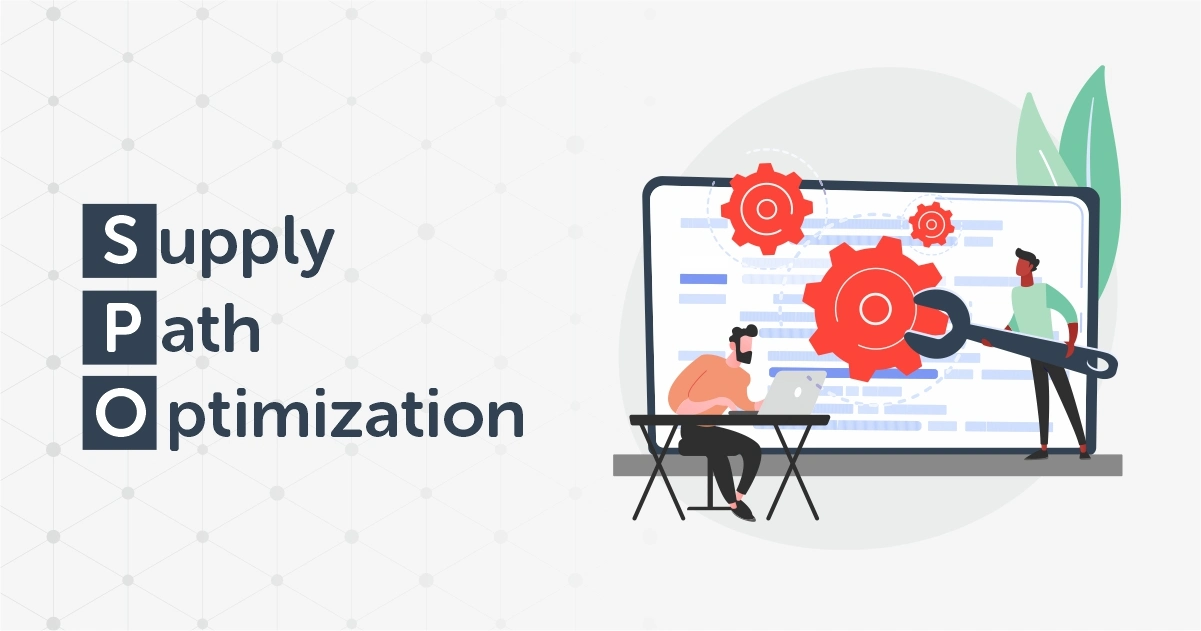
Within a single decade, programmatic advertising has undergone a complete tech metamorphosis. Whether you consider it a niche purchasing tactic or the leading means of digital ad inventory transaction, everything is transforming and evolving every second in the programmatic world. When it comes to the publisher side regarding the selling of inventory to advertisers, publishers follow a route – better known as ‘Supply Chain,’ and the cost of the ad varies depending on the specific supply route.

Now, the longer the route, the higher the cost it bears since it involves multiple layers of mediators. Currently, the advertising landscape is controlled by automation, and this inevitable choice leads them to an overwhelming problem with distorted transparency. Advertisers and buyers struggle to determine which SSPs are fetching quality inventory via their pipelines, where bids aren’t being duplicated for the same impression.
Multiple advertisers arrived at an obvious conclusion: Supply chains were inefficient, complicated, and lacked transparency — and the resulting return on ad spend wasn’t what it should be. In 2019, advertisers in the US spent nearly 60 million US dollars on programmatic digital display advertising. By 2022, expenditures are expected to increase to almost 95 million US dollars. Now, do you want to ensure a resourceful path, fewer mediators, and less fees for the buyers/advertisers? A big yes! But how can it be done? The answer is simple – Supply Path Optimization (SPO).
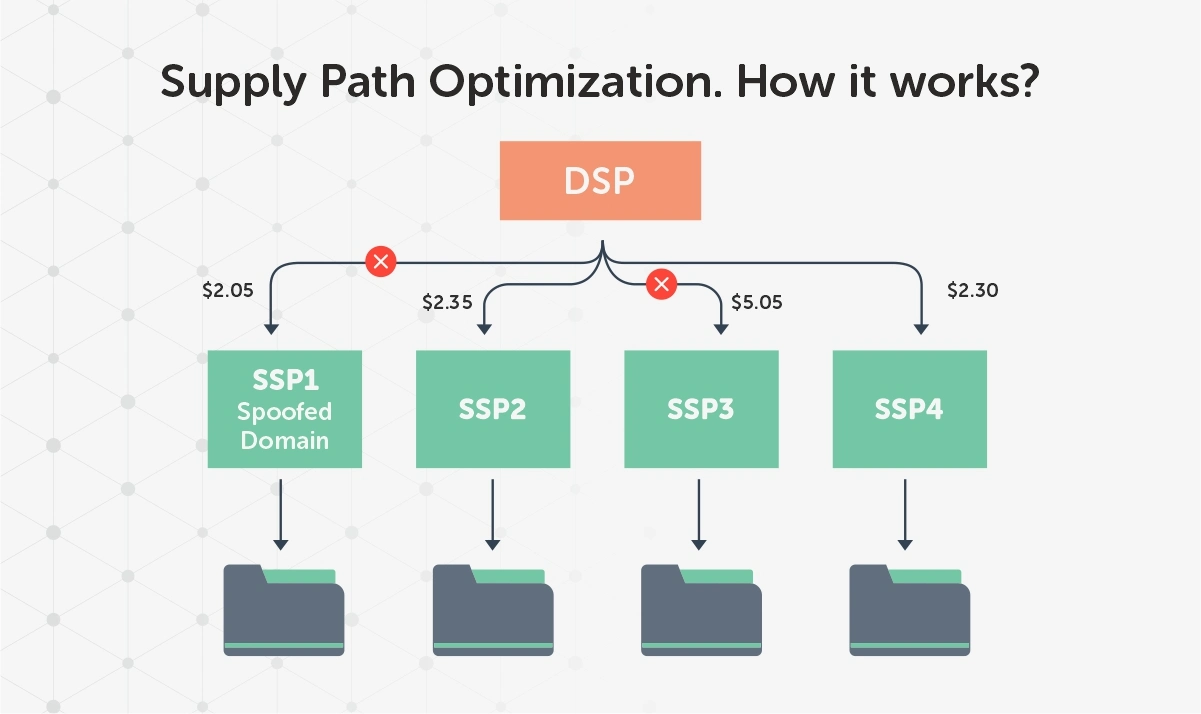
Supply Path Optimization (SPO) is the latest development in the AdTech world. IAB Europe released an industry ‘Guide to Supply Path Optimization (SPO).’ This guide aims to educate all stakeholders on the importance of a good SPO strategy and implementation. The report states that SPO delivers critical help, allowing buyers to choose the buying paths that are low cost, transparent, and high quality. With 87% of brands, agencies and DSPs actively implementing SPO, mentioning brand safety, reduced fraud, and improved KPIs as the key benefits, this guide is a call to action for all stakeholders to adopt SPO as one of their core business functions. At its crux, SPO is an effort to eliminate the problem of auction duplication and bring multiple benefits to publishers and their inventory buyers.
What is Supply Path Optimization?
Supply Path Optimization is a process, usually from the demand-side platforms (DSPs), through which numerous variables are evaluated to drive buyers towards the most efficient buying path. Supply path optimization definition – IAB’s definition of SPO mainly emphasizes the buyer. “Supply Path Optimization (SPO) & Demand Path Optimization (DPO) is a skill that any organization at either end of the supply chain will never regret investing in. It will deliver efficiencies across the board, whether it be cost, an improved win rate, a better yield or a greater reach across quality inventory or audience. It will also increase the likelihood of replicating any success. The key is to understand and own your SPO or DPO strategy is to ensure that your business interests are at the heart of the strategy. This guide will take the reader through the need and the basics of SPO & DPO and aid them to ask the right questions, to either start them on their SPO or DPO journey or help to hone their current strategy.” – David Goddard, Senior Director, Business Development, EMEA, DoubleVerify & Chair of IAB Europe’s Programmatic Trading Committee.
We all will agree that transparency and trust are the two most vital attributes when working in an exceedingly complex industry such as programmatic. IAB continues to offer enhanced accountability and improved transparency through the digital supply chain to streamline this complexity. IAB initiated the ads.txt in 2017. In July 2019, as a part of the initiative, IAB also launched Sellers.json and SupplyChain objects.
So, let’s dig in and check what Sellers.json is? What is the SupplyChain object? How does Sellers.json work?
What is Sellers.json?
Sellers.json can be defined as a JSON file hosted on the Supply-side platform’s website comprising all authorized intermediates or direct sellers. With the help of the OPENRTB supply chain object, it acknowledges all the intermediary ad tech vendors that partake in the auction, facilitating amplified transparency in the programmatic ecosystem. It can also identify and avert fraudulent or illicit supply sources.
The main aim of Sellers.json is to provide ad buyers with visibility for each step involved in the bidding process, from sending a bid response to serving an ad by the publisher. Thus, it provides a panoramic view of where the money is going. It also enables DSPs to make better buying decisions for their advertisers.
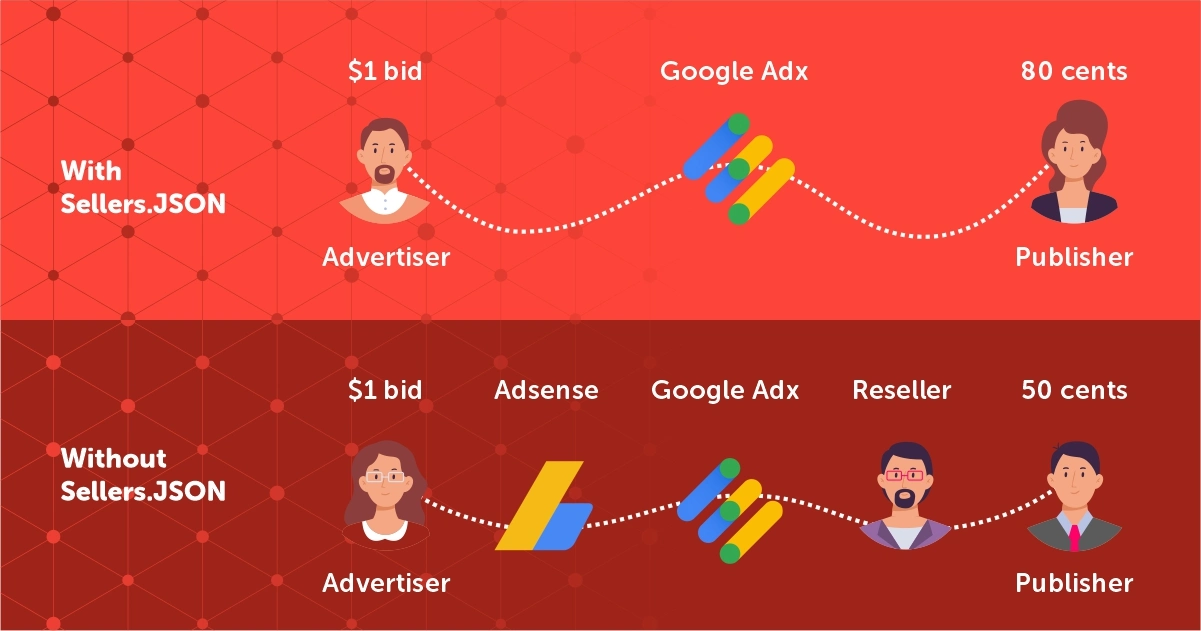
The question arises: What if there are multiple intermediaries involved in this process?
Here comes the SupplyChain Object to the rescue. SupplyChain Object offers the final view of where and how the ad buyer’s money is negotiated for that specific bid request. It’s a set of nodes indicating entities such as SSPs/Ad Exchanges in the auction.
The SupplyChainNode comprises the following attributes:
- Advertising System Identifier (ASI) – It is the domain name of SSP or the seller
- Seller ID (SID) – It identifies the reseller/seller of the inventory. It must contain the same value used by the SSP in the Sellers.json file to address intermediaries and publishers
- Request ID (RID) – The seller generates it
- Domain and Name – The value is the same for both the Sellers.json file and SupplyChain Object
This object is crucial when the SSP doesn’t directly participate with the publisher. When combined or merged with the Sellers.json and SupplyChain object, it enables buyers to see all the parties partaking in the reselling or selling of bid requests.
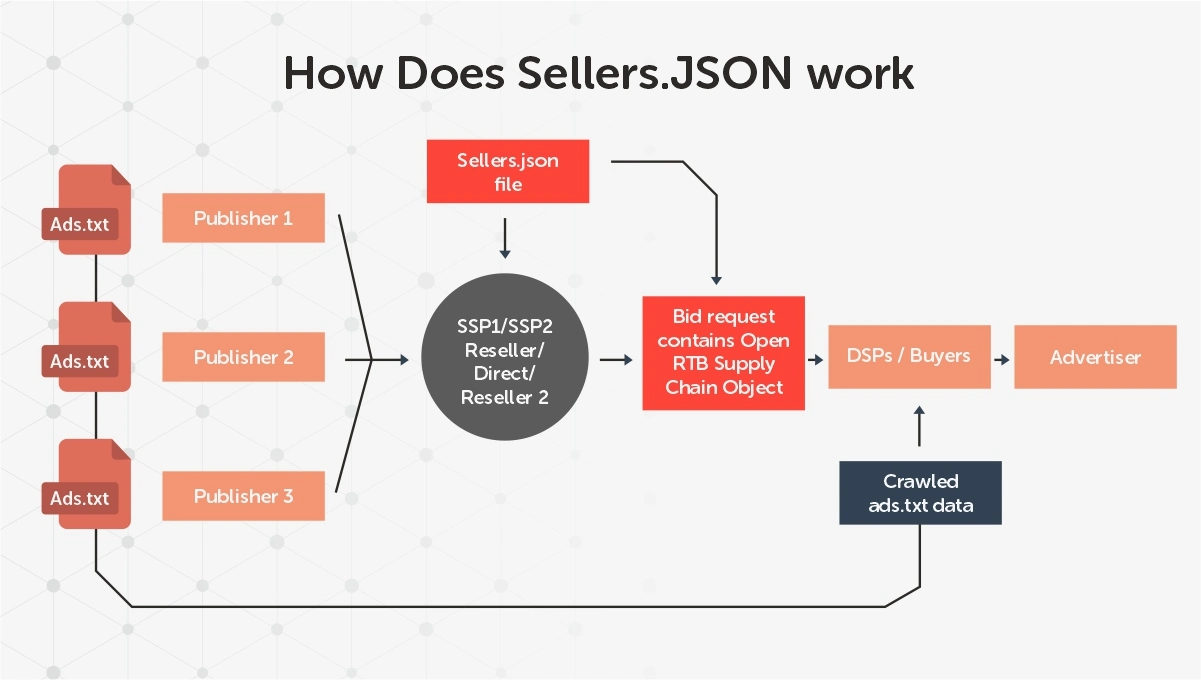
Why is Sellers.json important for Publishers?
Once you know precisely who is participating in the sale of an impression, advertisers can counteract fraudulent content or traffic. This will initiate trust and transparency between advertisers and publishers, thus driving more revenue. Sellers.json grows accountability and incentivizes sellers to act honorably and offer value.
With Sellers.json, the publisher can help ad partners to reach their audience proficiently. Ad partners can now better understand the supply path and emphasis more on paths that give better value for every amount spent. Hence, advertisers get better ROI with enhanced transparency, and publishers generate better revenue. In short, it’s an easier way for you to create the protected, cleanest, most secure, and assured path for your advertisers in the supply chain where they can easily buy the specific ad inventories offered by you.
Why should you care about Supply Path Optimization (SPO) in programmatic?
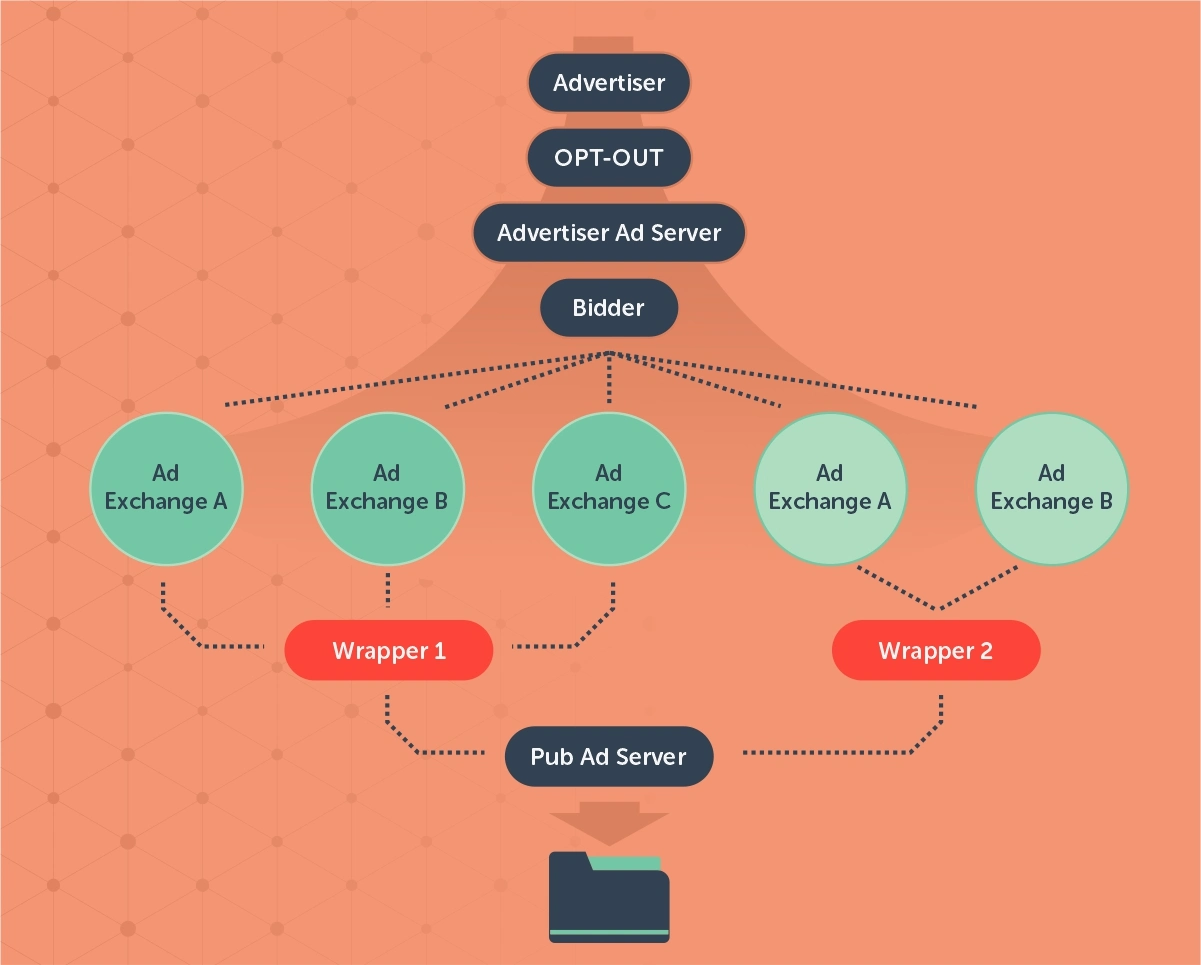
Although auction-duplication seems valuable in the short-term, advertisers will ultimately stop buying, or worse, they will block some routes from publishers who send duplicate or identical requests. Demand-side platforms are already experimenting with the algorithms to analyze the requests before even placing their bids. These algorithms are helping the advertisers to omit redundant bid requests. Eventually, this process will become popular as the efforts and awareness towards Supply Path Optimization keep increasing. Plus, advertisers will prefer to buy inventory from those publishers who can offer an optimized path. So, publishers who are adopting SPO have an opportunity to entice more demand.
As we are witnessing the shift from individual gain to driving shared value, Michael Nevins, Chief Marketing Officer, Smart AdServer, proposed, “Supply path optimization was a huge trend in 2021, and one we can expect to continue into 2022. With advertisers still striving to increase the control they have over their ad budgets, as well as boost programmatic transparency, we can expect players to continue to streamline the number of SSPs they work with, cutting out resellers and all those that don’t add value.
With that in mind, we predict value path optimization to be the basis for all programmatic deals next year, with the industry mindset continuing to shift from individual gain to driving shared value – fostering an environment of transparency, trust, high performance, and mutual gains.”
Why is SPO Necessary for Publishers?
The programmatic advertising ecosystem is intertwined; what works better for advertisers also works wonders for publishers in the longer run. A good quality SSP receives more benefits via media spend redistribution with a healthy supply path optimization, resulting in higher yields.
- Reallocation of Media Spend: With SPO, the highest yields will move towards the publishers who propose exceptional inventory quality. The income will flow away from the fraudulent players who use manipulative and duplicitous tactics
- Better & Higher Yields: For the publishers, supply path optimization is a venture to get an instinctively competitive demand for their inventory. Publishers that feature unique inventory have much higher prospects to enhance their value and receive more yield from media selling
- Improved Transparency: Currently, the AdTech industry is agonizing due to a lack of transparency, which supply chain optimization is trying to improve. The path of an ad via the advertiser’s ad server to the publisher’s ad unit is so complex that keeping track is next to impossible. If the process is more transparent, ad spend could reach the publisher better
- Proportional Fees: Fees and commissions are directly proportional to the mediators involved in delivering the ad from the advertiser to the publisher. Due to multiple supply path parties, publishers receive only half the ad spend. The Resellers, DSPs, SSPs, Ad Networks, and Ad Exchanges, each one of them collects their fees for expediting the process. A high number of participants means a higher amount of cost
- Optimized Revenue: When the advertisers use supply path optimization algorithms, they bid only for the most significant inventory that eventually improves fill rates and win-rate comes up, plus, the cost comes down for the advertiser. When an advertiser saves money, it reinvests the amount to get more returns in the long-term. Finally, the advertising budget reaches the publishers. An optimized path will ensure that the publisher receives greater investment and reinvestment chunks. Hence, SPO fetches better revenue
- Reduced Ad Frauds: Once the supply paths are shorter with limited and trusted players, it automatically reduces the threats of ad frauds. When the supply path is longer and involves multiple parties, it is simpler for impostors to defraud the system. In the current scenario, it’ hardly astonishing that a large portion of the unattributed ad spends fall prey to ad fraud due to longer supply paths and multiple mediators. As Patrick Shepherd, head of programmatic, the7stars, suggests that the industry needs to open up, he said, “In an ecosystem plagued by ad fraud and arbitrage, now more than ever, the need to streamline the programmatic supply path is evident. More brands are approaching SPO to not only improve efficiency in pricing, but to achieve better results. We’re at a point where it’s possible to provide full transparency on tech costs, media pricing, and data. However, it’s not always been possible to know the fees taken in the bid stream by the SSPs; it’s been the contracts and publisher pushbacks preventing transparency on the full supply path as take-rates were seen as confidential, and an unknown competitive advantage in the battle between SSPs and publishers. We are at the point where the industry needs to open up, set levels of expected take rate percentages that ensure we understand where budget is actually ending up, enabling stronger decisions for optimizations across SSPs.
Short of this, I predict we’ll see a wholesale move to deal-led programmatic approaches, and reduction in the reliance of open market programmatic. With inventory available on multiple SSPs, with multiple take rates, and different bid mechanics, in order to maintain a high degree of control (in price, delivery and quality), PMP and PG deals will become the SPO tool without the need for an SPO tool. In lieu of this, something as simple as a curated marketplace and limiting supply across your open market buys, benefits both buy and sell-side to offer quality inventory whilst maintaining trading efficiency.”
Should you opt for SPO?
The popularity of SPO is rising. Players in the programmatic ecosystem, like Advertisers, DSPs, SSPs, or Publishers, are getting involved in SPO as per their capabilities. You can opt for the same. You must be thinking ‘How’? Here are some recommendations for you:
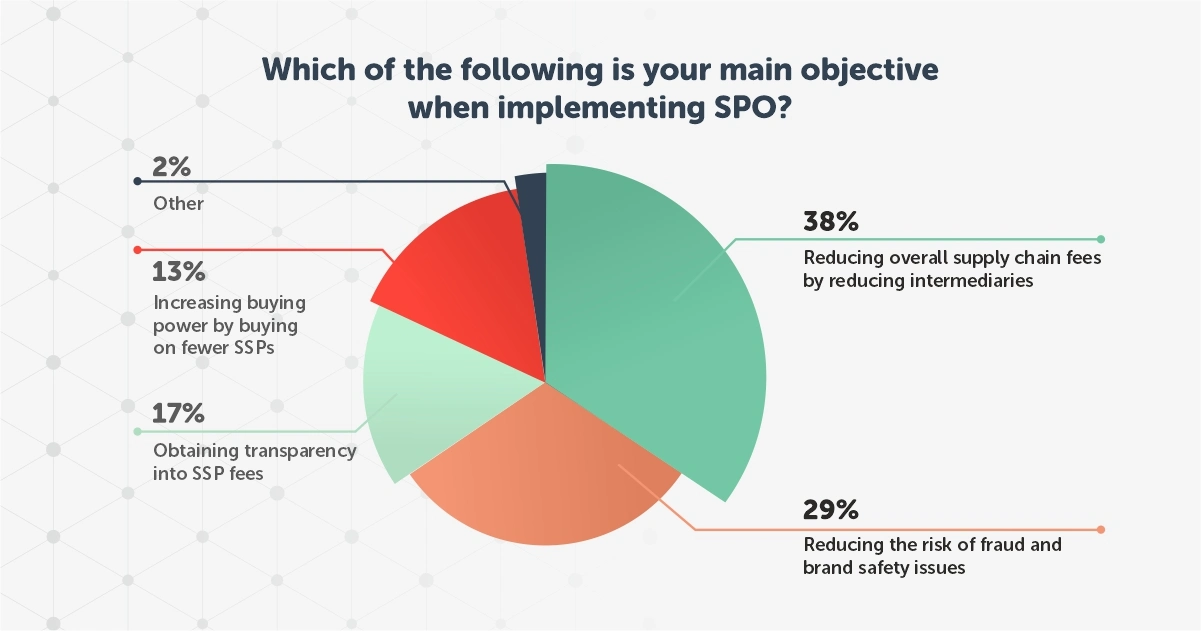
- Make sure that you add Ads.txt on your site. Constantly keep it updated so that the purchasers/buyers can verify your partners
- If you are involved with a managed header bidding provider, they will take care of the demand. Never succumb to adding multiple resellers as it won’t bring in exclusive buyers; instead, it adds to duplication
- Ensure that your header bidding providers are pursuing supply path optimization too. Ask them if they are taking any measures to prevent duplicate demand
- If you want to generate more demand but do not have access to Google AdX, it makes sense to work with an MCM Partner
What’s Next?
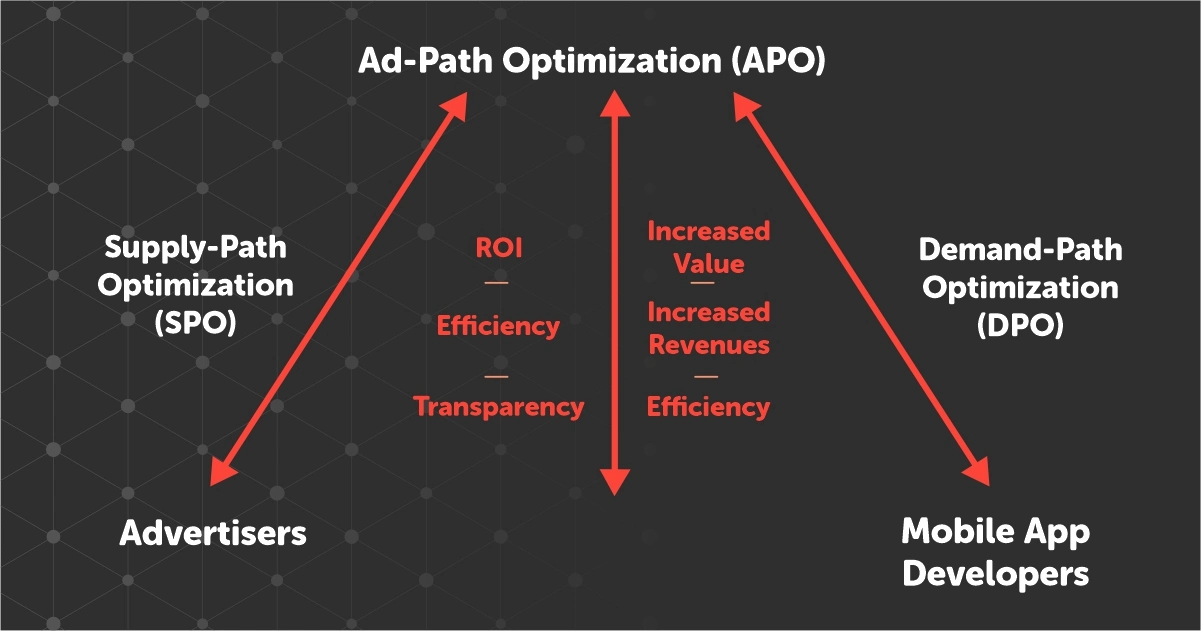
The Supply Path Optimization (SPO) crusade will keep gaining momentum because of rising complications in the AdTech industry. However, it is not only the SPO, but awareness around a similar trend is also increasing, Demand Path Optimization (DPO). DPO will eventually help publishers avert their inventory from being sold at less optimum rates. While SPO caresses the advertiser’s end, DPO will act as a support on the publisher’s end. Remember, the publishers with exclusive and premium supplies will always have the upper hand in the monetizing game. If your inventory is in demand, the advertisers will find ways to reach it. The buyers will prefer it more when you deliver your inventory via an optimized path. With AdSparc you can experience the next generation monetization solution for improved and enhanced revenue. For more insights, feel free to connect with us!
Also Read: Is Connected TV Advertising (CTV) the next big thing for Publishers?
